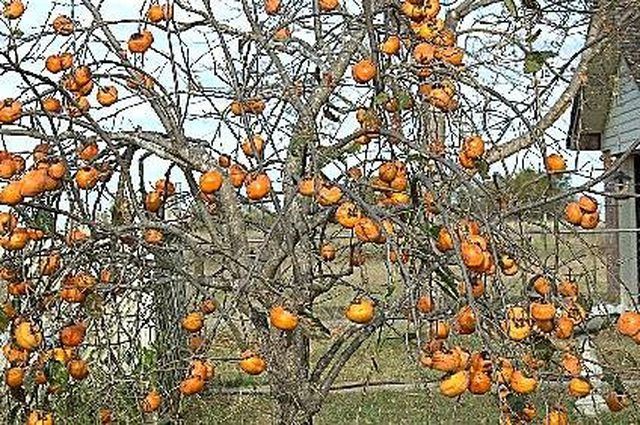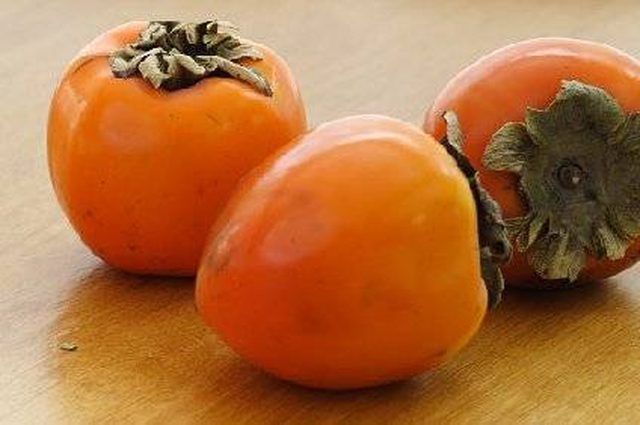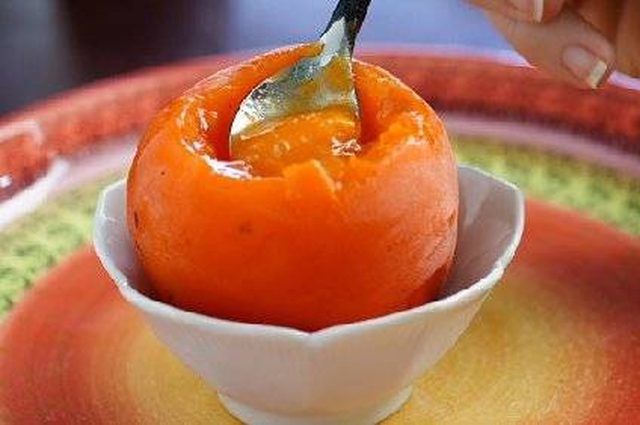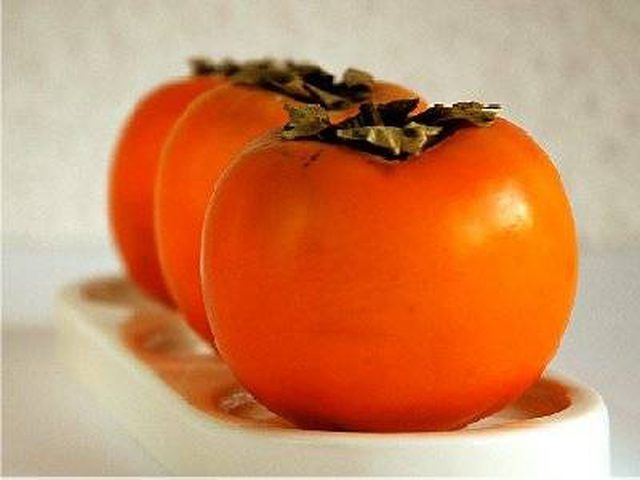Bulbs
Flower Basics
Flower Beds & Specialty Gardens
Flower Garden
Garden Furniture
Garden Gnomes
Garden Seeds
Garden Sheds
Garden Statues
Garden Tools & Supplies
Gardening Basics
Green & Organic
Groundcovers & Vines
Growing Annuals
Growing Basil
Growing Beans
Growing Berries
Growing Blueberries
Growing Cactus
Growing Corn
Growing Cotton
Growing Edibles
Growing Flowers
Growing Garlic
Growing Grapes
Growing Grass
Growing Herbs
Growing Jasmine
Growing Mint
Growing Mushrooms
Orchids
Growing Peanuts
Growing Perennials
Growing Plants
Growing Rosemary
Growing Roses
Growing Strawberries
Growing Sunflowers
Growing Thyme
Growing Tomatoes
Growing Tulips
Growing Vegetables
Herb Basics
Herb Garden
Indoor Growing
Landscaping Basics
Landscaping Patios
Landscaping Plants
Landscaping Shrubs
Landscaping Trees
Landscaping Walks & Pathways
Lawn Basics
Lawn Maintenance
Lawn Mowers
Lawn Ornaments
Lawn Planting
Lawn Tools
Outdoor Growing
Overall Landscape Planning
Pests, Weeds & Problems
Plant Basics
Rock Garden
Rose Garden
Shrubs
Soil
Specialty Gardens
Trees
Vegetable Garden
Yard Maintenance
About Persimmons
About Persimmons. Persimmons are native to both Asia and North America. Long after most fresh fruit has left the scene, these yellow-orange to orange-red beauties reach the market to sweeten things up. Persimmons are a delicious delight of the late fall and early winter. The unmistakable tall, broad trees are left naked in the fall, but are...
Persimmons are native to both Asia and North America. Long after most fresh fruit has left the scene, these yellow-orange to orange-red beauties reach the market to sweeten things up. Persimmons are a delicious delight of the late fall and early winter. The unmistakable tall, broad trees are left naked in the fall, but are covered with the brightly colored, ripening fruit. All persimmons contain tannic acid in varying degrees, which gives them their characteristic astringent quality when eaten before being completely ripe. The more tannic varieties will pucker your mouth intolerably. All persimmons should be eaten when very soft ripe although some are edible when firm.
History
The persimmon The tree grows wild in the American southeast, but has been cultivated for its fruit and wood since prehistoric times by Native Americans. North American natives gave us the English name, which is a variant of words in Powhatan, Algonquian Cree and Mohican. North American persimmons have been known to Europe since the early 1600s. Captain John Smith described the tree in 1609 and said that the fruit tasted, "as delicious as the apricock."
The Asian persimmon is found mostly in tropical and subtropical regions. At 600 years old, the oldest known Asian persimmon tree is in Japan, where persimmons are used in brewing sake and persimmon skins are used for dyeing. The wood has long been prized in Japan for fancy inlays. It also has been used for golf clubs, but is more commonly used today as a material for high quality bows or furniture.

Types
The main types of persimmon are the North American and the less hardy Asian. Asian varieties grown in North America are generally grafted onto North American persimmon root stock. Within the two main types are a range of varieties, with fruit containing varying levels of tannic acid. Common usage refers to less astringent varieties as "Fuyu" and more astringent types as "Hachiya." The reality is that all persimmons contain at least some tannic acid.
While Asian varieties vary in astringency, North American types are generally quite astringent until deeply ripe. The more astringent types are best when so soft that you might think they are almost spoiled. Any persimmon left to this degree of ripeness will reward you with flesh so sweet you will be scraping it from the skin with your teeth.
A third type is less commonly available. Pollination-variant low-astringent persimmons have flesh that is brown inside. They are known as goma in Japan and the fruit is eaten firm and crisp. These highly prized varieties are usually found only at specialty markets or farmers markets.

Function
The persimmon tree is useful in the landscape and hardy in most areas of North America. It has a spreading habit and will grow to a moderate size, useful for shade but not overwhelming the landscape. The flowers are small and off-white and have a pleasant fragrance. The late fall crop is usually abundant, and may be left on the tree until ripe or up to the time of heavy frost.
The fruit is delicious when fresh, but may also be dried or frozen. Persimmons are a delicious addition to cooking when used in breads and cakes, but they also make a delicious extra when stirred into cereal, yogurt or cottage cheese. The mashed fruit is also an easy sauce for ice cream or cake, and a partially frozen persimmon is delicious eaten as is with a spoon.

Features
The persimmon tree as commonly grown is a medium-sized landscape tree, in the range of 20 feet tall and wide. A Japanese persimmon tree, grown from seed, can reach 40 feet in height, a much more imposing size. Both are interesting landscape trees.
The fruit itself can vary from golf ball size to about the size of your fist. Each can weigh up to a pound, though they aren't usually that big. Most common persimmons are vaguely heart-shaped and weight between a quarter pound and a half pound.
The botanical name for persimmon, "diospyros," comes from the Greek word meaning "food of the gods." The Japanese variety is generally referred to as "diaspyros Kaki" which combines the Greek root with the Japanese generic term for persimmon.

Warning
Most people consider the astringency of a persimmon to be just an annoyance, but eating unripe persimmons can cause digestive problems that requiring surgery. Unripe or partially ripe persimmons should not be eaten. Persimmons should not be eaten with crab meat and persimmons should not be eaten on an empty stomach.
Unripe persimmons contain a soluble tannin which, in a weakly acid stomach, forms a sticky coagulum that can combine with other stomach contents. These coagula are called bezoars and are similar to hair balls in cats. Consumption of unripe persimmons has been known to cause bezoars that require surgery over 90% of the time. Persimmon bezoars often occur in epidemics in regions where the fruit is grown.
Horses sometimes develop a liking for the fruit and overindulge if it grows on a tree in their pasture, becoming seriously ill.
